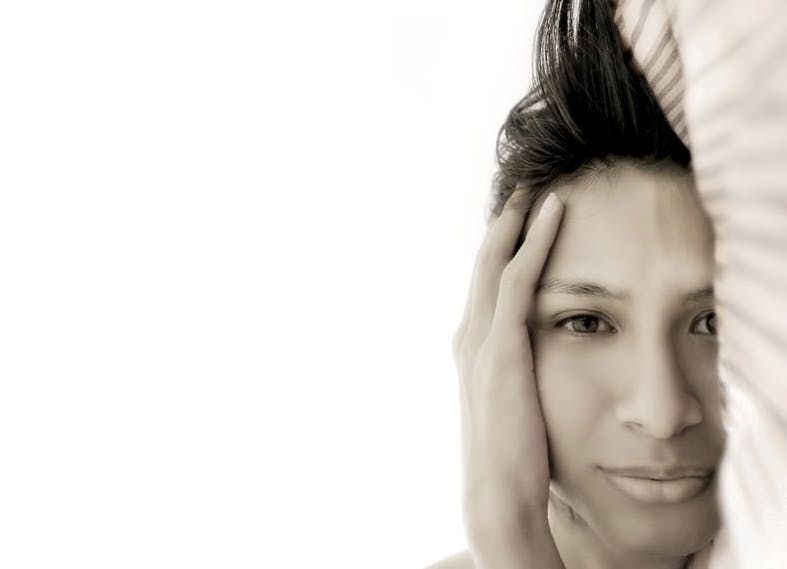The HelloMD staff got to sit down and talk with one of our doctors, Dr. Patricia Frye, about migraines and how marijuana can help ease them. Migraines are the third-most prevalent illness in the world, and they’re three times more likely to affect woman then men. Migraines are not only painful, but can be extremely debilitating. Ninety percent of migraine sufferers can’t work or complete daily activities while suffering from a migraine. Migraines can last up to 72 hours, greatly affecting the life of those who suffer from the affliction. Marijuana can provide relief for migraine sufferers in place of more severe pharmaceuticals.
Here’s what Dr. Frye has to say about migraines.
What causes migraines?
It was once believed that migraines were caused by dilated blood vessels, but it’s now thought that migraines are generated by the neurons that supply the meninges, which is the plastic wrap-like covering around the brain. There’s thought that neuronal stimulation not only causes arteries in the area to dilate, but also causes an inflammatory reaction in the meninges and in the trigeminal nerve. It may be the combination of these actions that causes the pain associated with migraines.
Migraine sufferers can also experience neurogenic pain from stimuli that normally wouldn’t evoke a painful sensation, such as simply touching the scalp. The role of serotonin is complex and while not completely understood, it’s thought to be a factor in migraines as well.
Approximately 75% of migraine patients can identify triggers that cause the migraines to occur. Stress is the most common trigger, affecting 80% of migraine sufferers. Triggers can also be sleeping too much or not enough, going without eating, weather changes, and certain foods or odors.

How can marijuana help relieve migraines?
Randomized clinical studies on cannabis and migraines are lacking, but there are several mechanisms to explain why it provides relief from migraine pain. Cannabis can attenuate the body’s stress response at the level of the pituitary-adrenal axis by interrupting certain biochemical changes. CBD can be especially helpful in alleviating neurogenic pain, while it and THC have potent anti-inflammatory properties.
THC also serves as an analgesic by shutting down pain signaling at the pain receptor level. THC may also contribute to migraine pain relief by raising serotonin levels, as do certain anti-depressants, such as amitriptyline. At high doses, however, THC can have the opposite effect and cause migraine symptoms to worsen. It’s been noted that some regular cannabis users have experienced migraines after discontinuing its use, suggesting that cannabis may have the capacity to prevent migraines.
What consumption method for cannabis is best for relieving migraines?
Inhalation delivers medication to the nervous system within seconds and can be used when a patient feels a migraine coming on. It’s much easier to relieve migraine pain when it’s treated early. Once the inhaled dose takes effect, tincture or spray under the tongue can be an effective next step in providing longer-lasting pain relief.
It’s important to remember that with cannabis, less is more. Cannabis works best for pain at low to moderate doses. High doses can be ineffective in treating pain and can sometimes make symptoms worse.
Always start with a low dose and titrate up every five to 10 minutes with inhalation, every 20–30 minutes with spray or tincture, because by taking too much, you can miss your optimal dose. Also, many patients find relief by applying cannabis salve to the temples, forehead and neck.






